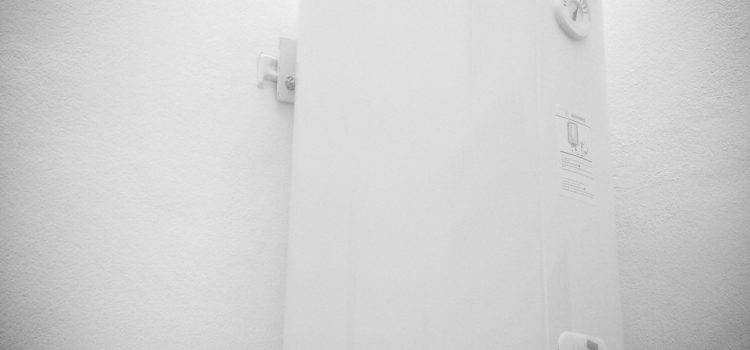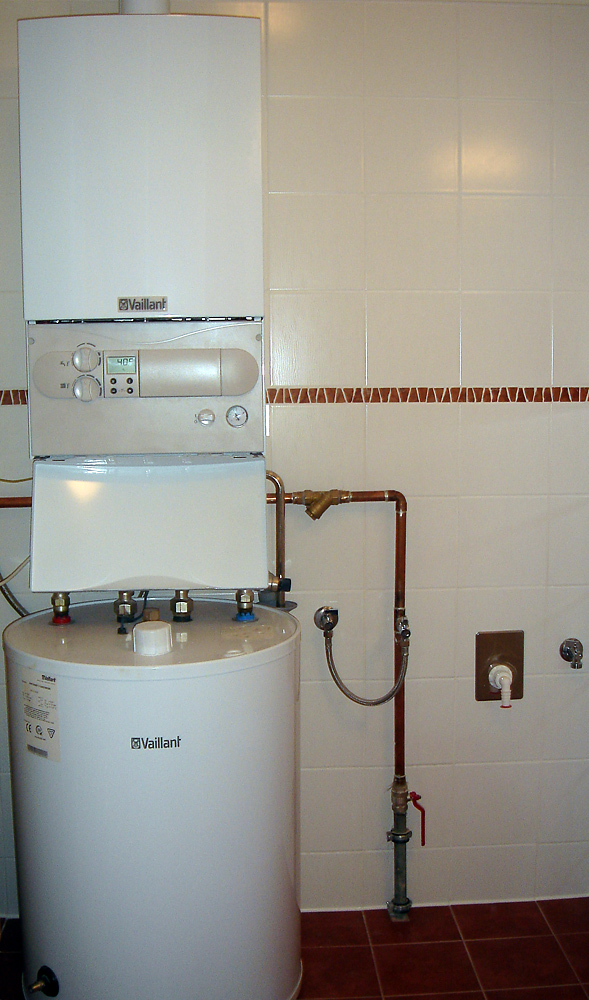
What could be more unpleasant than being under a cold shower! If this happens to you, it is possible that your cumulus has gone to safety mode due to a malfunction. If the water in your water heater is no longer hot, it is possible that the thermostat has failed.
This blog explains what you need to do before changing the thermostat of an electric water heater. If your unit overheats, it is intended to stop, so remember to reset the thermal safety first. This safety device is located on the thermostat of the water heater.
So here is how you should proceed:
1. Reset the thermal safety device of the thermostat, if the water still does not heat up, it may need to be replaced.
2. Test the thermostat, if the test result is negative, the thermostat no longer works.
3. If the test is positive, and the water still does not heat up, you may need to change the resistance.
4. Changing the Thermostat on an Electric Water Heater
Here’s how to reset the thermal safety of an electric water heater.
1. Turn off the electrical power to the water heater
To work in complete safety, before working on your water heater, it is advisable to cut off the power supply:
Turn off the main circuit breaker.
Caution: remember to keep children and pets away from the work area and check that the current is no longer flowing.
2. Locate the water heater thermostat

To help you locate the thermostat, please refer to the manual for your unit. But whatever the brand, the principle remains the same:
Using a Phillips screwdriver, unscrew the screws holding the cumulus protection cover.
Remove the protective cover, put the screws inside so as not to lose them.
You will access the thermostat which rests on a plate held by bolts, it has electrical connections.
Note: the thermostat is generally a small round, square or rectangular box, its color may vary, but it is easily recognizable.
For more help, you can also contact Marlin Plumbing of Miami. Among their services, they offer professional plumbing services, water heater installation, drain cleaner, bathroom remodel, leak detection, faucets repair, pipe repairs, and more.
3. Locate and reset the water heater’s thermal safety device
On the thermostat, you will see different notches. It is possible that the word “safety” (or “safety” or “bipolar safety”) is written there or that a small symbol is shown.
When the safety is engaged, this button must be pressed. If it is not:
Slide an electrician’s screwdriver into the notch to engage the safety.
Tip: To be sure to find the safety, refer to the manual of your device. Use an electrician’s screwdriver, it is insulated or a plastic object.
4. Switch on the water heater again
Before raising the hood:
Put the water heater on “forced operation” for a few hours to check that everything is working.
Do not forget to turn the power back on and do not touch any part of the appliance unless you turn the power off again.
Close the access to the water heater as long as the cover is removed.
If all goes well :
Turn off the power.
Replace the protective cover and then the electricity.
Put the cumulus back in “normal” mode.
Good to know: if your water is still not hot after these operations, or if the thermostat quickly returns to safety mode, it may be out of order. Test it and change it if necessary.
Equipment needed to reset the thermal safety of an electric water heater:
- Phillips screwdriver
- Flat electrician’s screwdriver
If you still don’t have hot water, after resetting the thermostat thermal safety, you can test the water heater thermostat. Don’t lose hope, very often it is possible to carry out a few checks and possible repairs to get everything back in order.
This post has covered how to reset the thermal safety device of the thermostat. Keep reading our new posts on:
Stay posted, and remember to share your comments in the section below.



